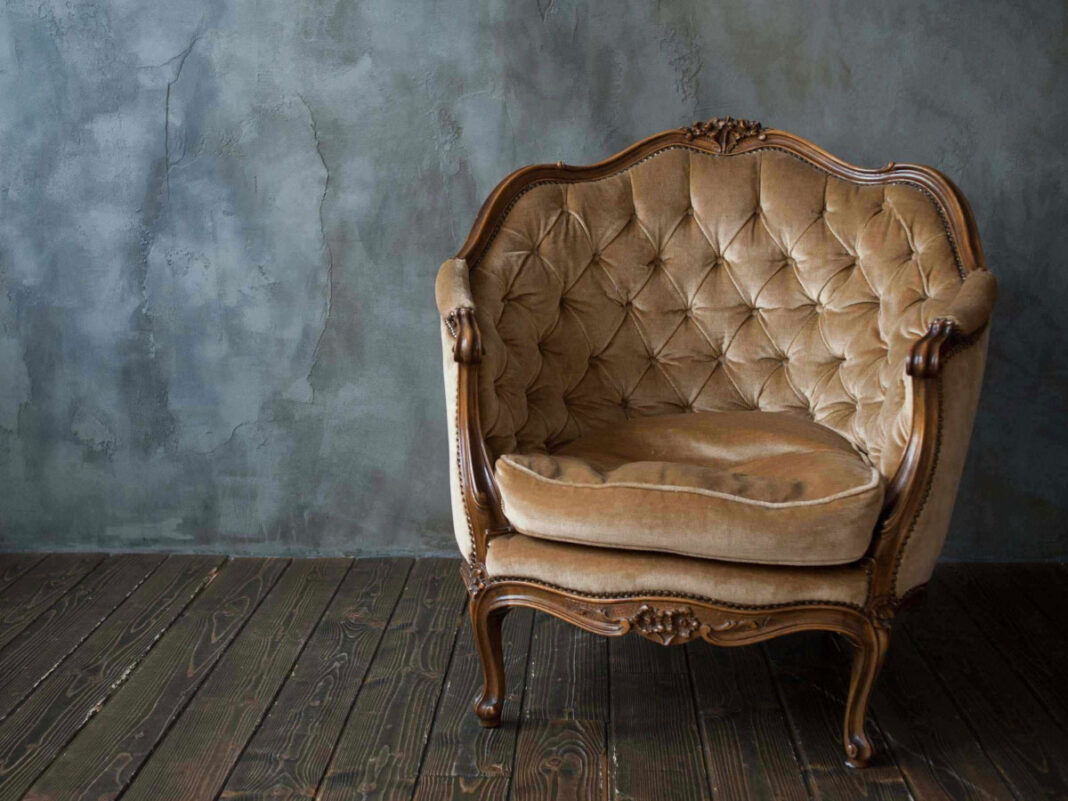In recent years, there’s been a notable resurgence in the popularity of vintage furniture. This trend isn’t just a fleeting fashion; it’s a significant shift driven by a combination of sustainability concerns, a desire for unique pieces, and practical considerations. Let’s delve into the reasons behind this movement and explore why more people are embracing vintage furniture today.
The Appeal of Sustainability
One of the primary factors fueling the vintage furniture boom is the growing awareness of environmental issues. As consumers become more eco-conscious, they’re seeking ways to reduce their carbon footprint. Shopping secondhand supports the circular economy, reducing waste by keeping furniture out of landfills. In the United States alone, over 12 million tons of furniture are discarded annually, a stark increase from 2 million tons in 1960. By choosing vintage, consumers are actively participating in sustainability efforts, giving new life to pre-loved pieces.
Unique and One-of-a-Kind Pieces
In a world saturated with mass-produced items, many people crave individuality in their living spaces. Vintage furniture offers unique, high-quality items that counter the blandness found in mass-produced goods, providing a richer aesthetic and often a deeper story. Younger generations, particularly Millennials and Gen Z, are leading this charge. They’re moving away from the cookie-cutter aesthetic prevalent on social media platforms and are instead seeking pieces that reflect their personal style.
Economic Practicality
Financial considerations also play a significant role. Vintage furniture can be more affordable than brand-new pieces, especially when considering the quality and craftsmanship of older items. Additionally, as antiques fall out of favor for some, their prices have dropped, making them a cost-effective alternative. This affordability allows consumers to furnish their homes stylishly without breaking the bank.
Quality and Craftsmanship
Vintage furniture often boasts superior craftsmanship and materials compared to many modern pieces. Items made decades ago were built to last, using solid woods and durable fabrics. This longevity means that vintage pieces not only have stood the test of time but will continue to do so, offering excellent value over the long term.
Overcoming Supply Chain Challenges
The global pandemic disrupted supply chains worldwide, affecting the availability of new furniture. Supply chain disruptions have made wait times for new furniture extend up to 14–16 weeks. In contrast, purchasing vintage furniture, especially from local sources, often means quicker fulfillment times, allowing consumers to avoid lengthy delays.
Influence of Online Marketplaces
The rise of online platforms specializing in vintage and secondhand furniture has made it easier than ever to find and purchase unique pieces. Companies like Chairish, Kaiyo, and 1stDibs reported significant increases in sales during the pandemic, highlighting the growing consumer interest. Hunt Vintage, for example, offers a curated collection focused on sustainability, individuality, and affordability.
Shopping Tips from Hunt Vintage
- Explore Diverse Styles: From Art Deco to Mid-Century Modern, vintage furniture encompasses a wide range of styles to suit any taste.
- Consider the Environmental Impact: Remember that choosing vintage reduces waste and supports sustainable practices.
- Invest in Quality: Vintage pieces often offer superior craftsmanship, providing longevity and enduring appeal.
A Glimpse into Current Trends
Various vintage styles like tapestries, faux bois, and Venetian glass are making a comeback. These pieces add texture, history, and elegance to modern homes, bridging the gap between past and present.
The resurgence of interest in vintage furniture reflects a broader shift toward conscious consumerism where people are now aware of the impact their purchasing decisions have on the environment. By embracing vintage furniture, consumers can express their unique style while contributing to sustainability.
Whether driven by environmental concerns, a desire for individuality, or practical considerations like cost and availability, the trend toward vintage furniture is poised to continue growing. It’s more than a design choice; it’s a statement about values and a commitment to a more sustainable future.
